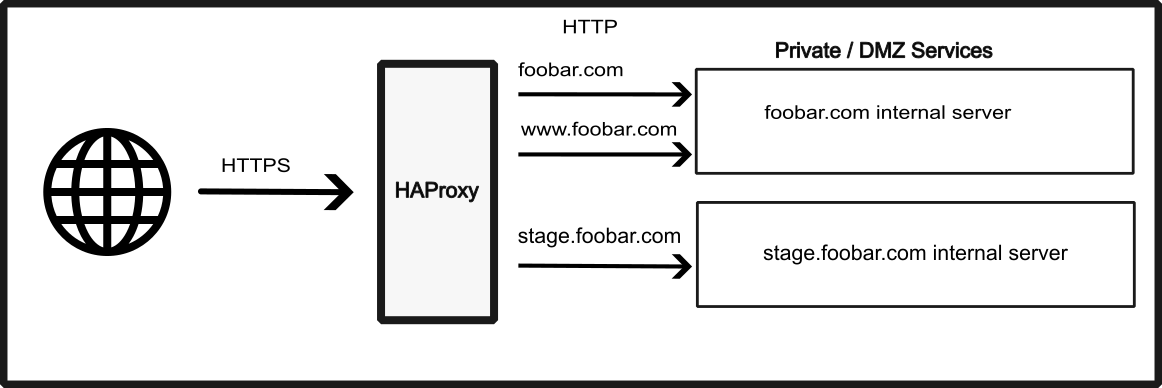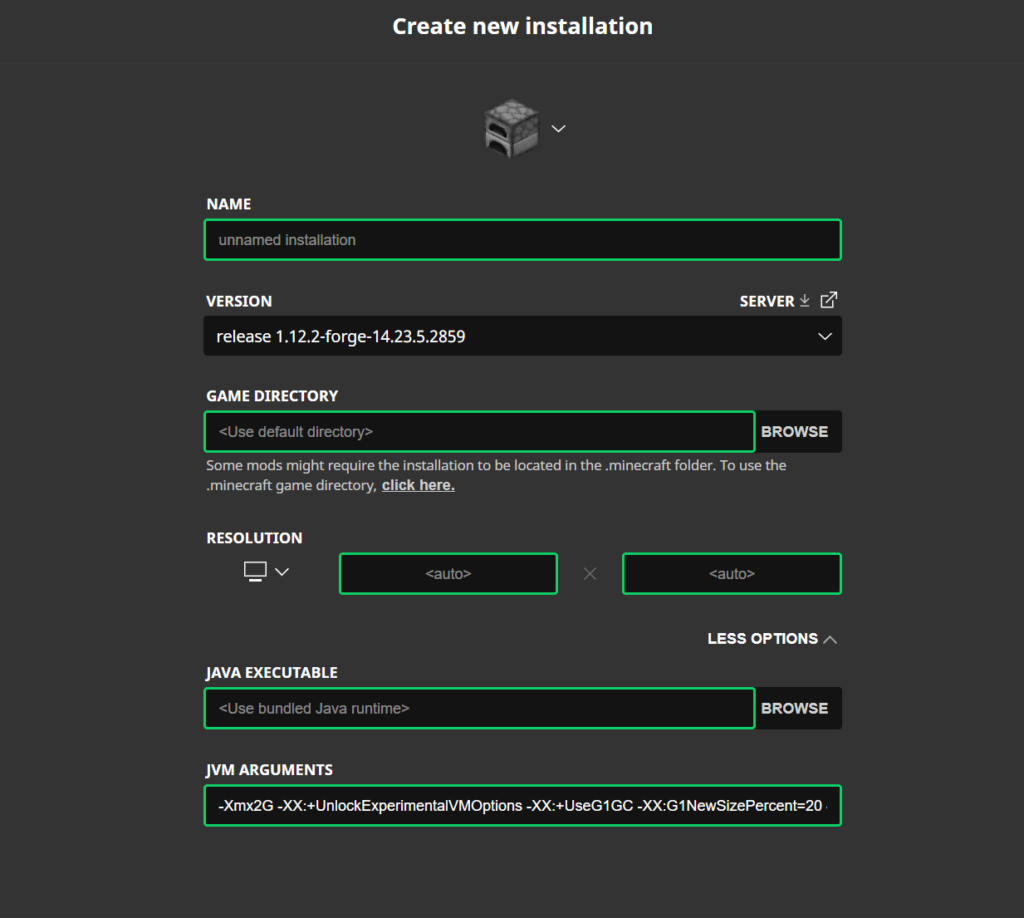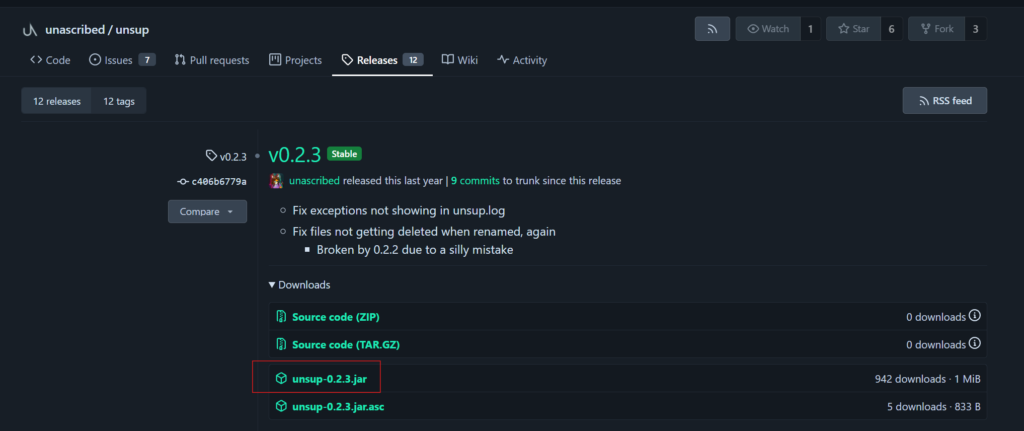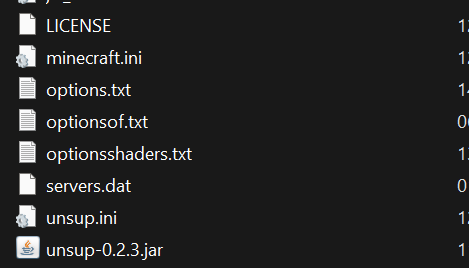When the last server I played on shut down, I spun up a new one quickly thanks to experience containerizing servers. The server itself was easy. The harder part was getting players the right mods in a way that was secure, consistent, and didn’t require a long setup guide.
On my first attempt, I followed what I saw everyone else doing: sharing zips, manually syncing configs, and expecting players to install Forge and mods themselves. It worked, but it wasn’t ideal from a security standpoint and required more support than it should have. Every extra step reduces the likelihood that players will join.
Some of the people I presented to early on in my attempts pointed me toward a better solution: using Packwiz to build the modpack, and distributing it through CurseForge so people could install it with one click from a trusted source.
Why This Approach is Better
- Security: Mods come from CurseForge’s verified platform.
- Consistency: Everyone has the same versions without troubleshooting mismatches.
- User-Friendly: Installation happens through the CurseForge launcher, no manual setup.
- Maintainable: Updating the pack is just editing, exporting, and bumping a version.
Building the Pack with Packwiz
Once I selected the mods for the server, Packwiz handled generating the pack and producing a CurseForge-ready export. The workflow looked like this:
packwiz initpackwiz curseforge add <mod_url_from_curseforge>(repeat for each mod)- Add any adjusted configuration files into the local
config/folder packwiz settings acceptable-versions [1.12.2]- Edit
pack.tomlfor name, version, and metadata packwiz refresh- Export for CurseForge using
packwiz curseforge export
After exporting, I created a project on CurseForge, linked the repository, uploaded the pack file, fixed any metadata warnings, and published it. From there, testing was simply loading it through the CurseForge launcher like any other publicly available modpack.
The Player Experience
Instead of multi-step setup instructions, now the process for joining is:
- Open the CurseForge Launcher
- Search for the modpack name
- Click Install
- Click Play
No manual Forge install. No JVM tuning. No copying config files. No troubleshooting missing dependencies. Just click and play.
Results
- New players join faster
- Mod version mismatches are gone
- Onboarding questions dropped significantly
- Security concerns around file sharing went away completely
This post focuses on the “why” and the workflow. I plan to follow up with a short walkthrough on version control organization and updating the pack when new mods or balance adjustments are needed.





